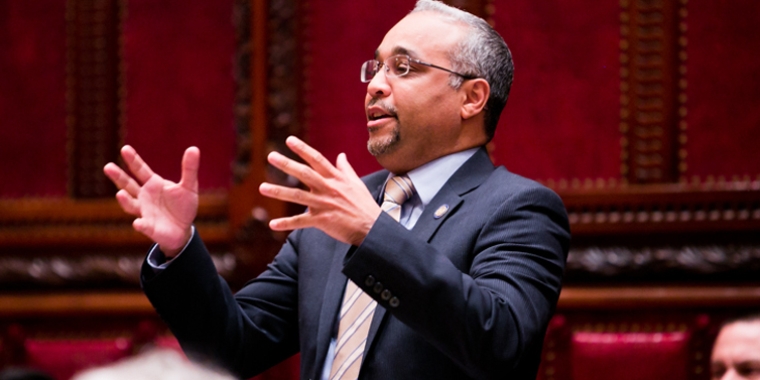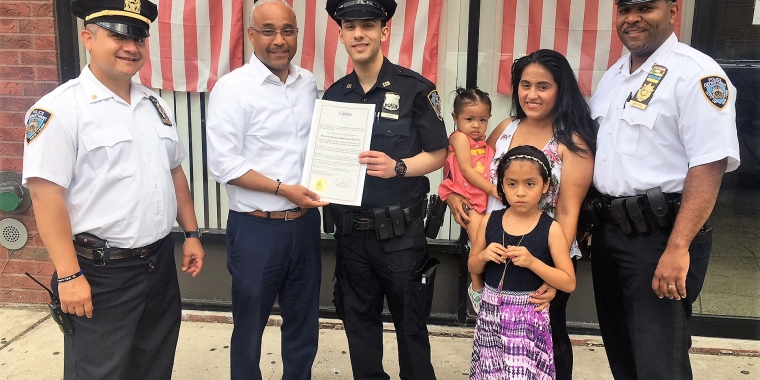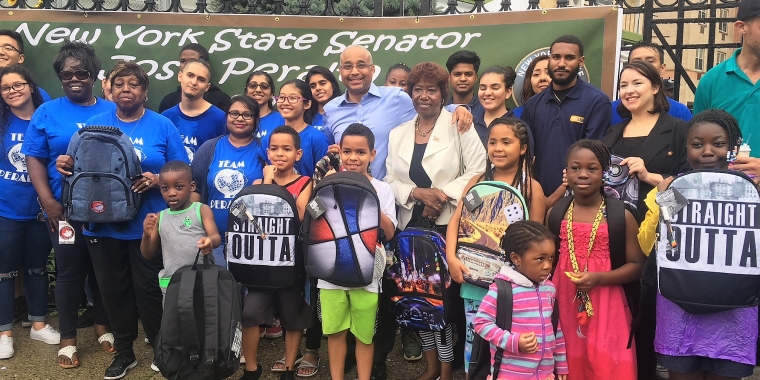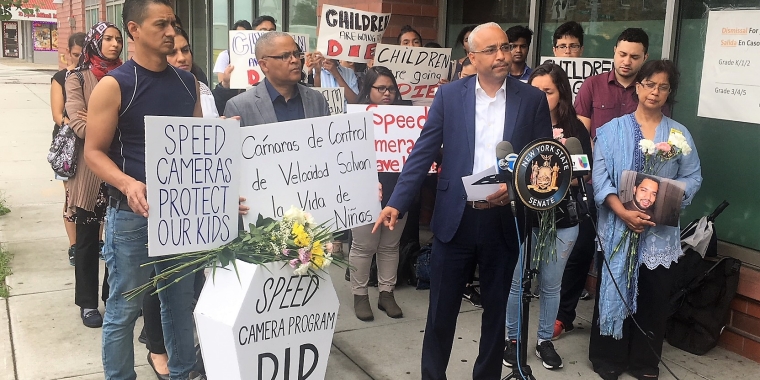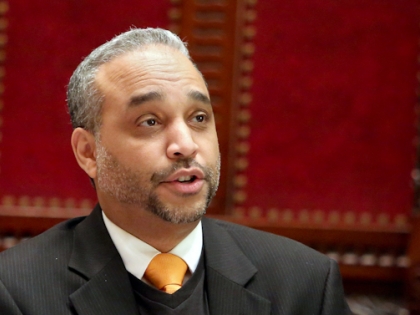
Secure Communities Has Residents Insecure
Queens Chronicle
by Elizabeth Daley
October 14, 2010
The auditorium of PS 19 in Corona was filled with concerned residents on Thursday night, many of whom were not citizens.
A collective gasp was audible as community members listened to organizers explain the ramifications of the U.S. Immigration and Customs Enforcement’s Secure Communities program, which would make it easier to deport illegal immigrants if they were arrested.
Secure Communities requires local law enforcement agencies to forward the fingerprints of every arrested person to a centralized Department of Homeland Security biometric identification system. The prints are then cross checked against other databases and police transfer persons suspected of illegal immigration into the detention and deportation system.
If a person is arrested and is not found guilty of a crime, he or she is free to go. The NYPD is not responsible for enforcing federal immigration law, but some worry the new program will put an undue burden on police and lead them to use racial profiling when making arrests.
Community leaders expressed concern that under this new program, police would have the same power as ICE agents, and illegal residents will simply disappear from the streets, unbeknownst to family members.
However, according to Khaalid Walls, a spokesman for ICE, “a lot of these situations are hypothetical.”
The program is not currently in effect in New York, though Gov. Paterson has signed documents to allow for its implementation, to be completed by 2013.
All elected officials are not in favor of the program. State Sen. Jose Peralta (D-Jackson Heights) and Councilman Danny Dromm (D-Jackson Heights) spoke out against the plan at the meeting. “We cannot let this program take place in our city; it will lead to detentions and deportations that will destabilize our communities,” Dromm said.
However according to Walls, Secure Communities should be welcomed. “We view it a as a win-win situation,” he said. It won’t cost extra money and allows for broader and swifter implementation of the law. “At the end of the day this program is all about information sharing,” Walls added.
Although “ICE has the discretion to take action against any individual who is subject to removal, obviously we prioritize our removals to those who pose the greatest risk to public safety or national security,” Walls said.
At the meeting, immigrants from Latin America and South Asia told stories about friends who were arrested and deported, at times torn away from their U.S.-born children.
They expressed fear that the program would lead undocumented immigrants to fear police even more than they already do, allowing crimes committed against them to go unreported.
According to Katherine Tichacek, a spokeswoman for U.S. Citizenship and Immigration Services, people who remain in the country illegally put themselves between a rock and a hard place.
“Once you are here illegally there is not a way to stay here legally, really,” Tichacek said. “The United States is a country that welcomes immigrants, but it can be a long process.”
There are many different avenues toward citizenship, most of which start with obtaining a visa from the country of origin, however it is more difficult to obtain visas from certain countries. Once in the United States on a visa, residents may apply for Green Cards. The cards are granted on a case by case basis and take time and money to obtain.
The Green Card fee is $1,010; citizenship carries a $675 fee. Tichacek the fees were hefty because they made up the agency’s primary budget.
Thus far in fiscal year 2010, the agency has naturalized 495,232 citizens.
